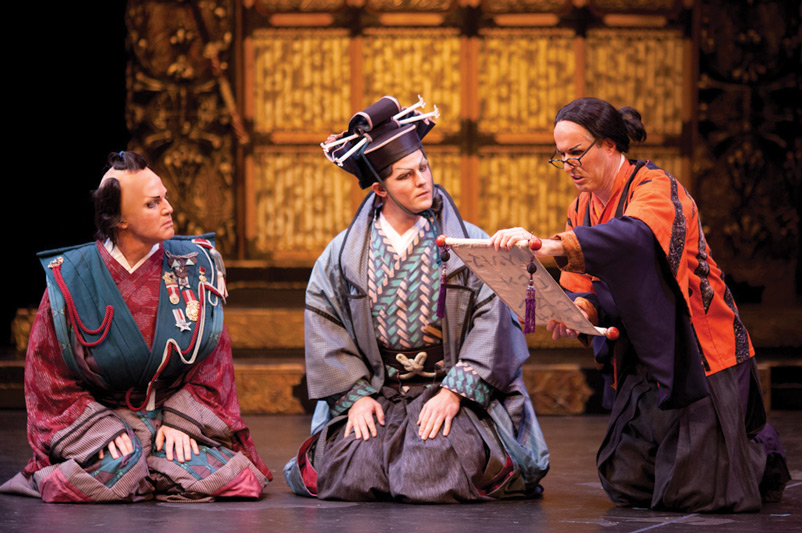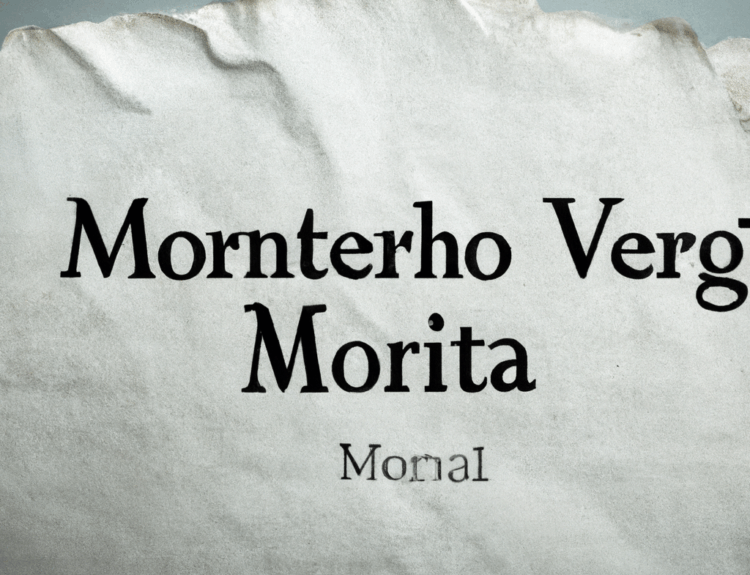Opera, with its grand spectacles and powerful voices, has captivated audiences for centuries. But for newcomers, it can seem intimidating or inaccessible. This guide aims to demystify opera and help you begin your journey into this rich and rewarding art form.
What is Opera?
At its core, opera is a form of theatre where most or all of the dialogue is sung rather than spoken. It combines multiple art forms – music, drama, and often dance – into a single spectacular performance. Operas typically feature solo singers, a chorus, and a full orchestra, all working together to tell a story.
A Brief History
Opera was born in Italy around the year 1600, emerging from experiments by Renaissance composers who were trying to recreate ancient Greek drama. From these humble beginnings, opera quickly spread across Europe, evolving and adapting to different cultures and tastes.
Some key periods in opera history include:
- Baroque (1600-1750): Characterized by ornate music and mythological stories. Key composer: Handel.
- Classical (1750-1820): Focused on simpler, more natural styles. Key composer: Mozart.
- Romantic (1810-1910): Known for grand, emotional works. Key composers: Verdi, Wagner.
- Modern (1900-present): Diverse styles, often challenging traditional forms. Key composers: Puccini, Britten.
The Elements of Opera
- Overture: An orchestral piece that opens the opera, often introducing musical themes.
- Arias: Solo songs that express a character’s emotions or thoughts.
- Recitative: Sung dialogue that moves the plot forward, often in a more speech-like style.
- Ensemble Pieces: Duets, trios, or larger groups singing together.
- Chorus: A group of singers representing crowds, townspeople, or other collective entities.
- Orchestra: Provides the musical accompaniment and often plays a crucial role in setting the mood.
Voice Types
Opera singers are classified by their vocal range and quality. The main voice types are:
- Soprano: The highest female voice
- Mezzo-soprano: A middle-range female voice
- Contralto: The lowest female voice
- Tenor: The highest common male voice
- Baritone: A middle-range male voice
- Bass: The lowest male voice
Each voice type often corresponds to certain character types. For example, tenors are often the romantic leads, while basses might play wise older characters or villains.
Understanding the Language
Many operas are performed in their original language, commonly Italian, German, or French. Don’t worry if you don’t speak these languages! Most opera houses provide subtitles or “surtitles” (projected above the stage) in the local language.
Attending Your First Opera
- Choose Wisely: Start with a well-known, melodic opera like Mozart’s “The Magic Flute” or Puccini’s “La Bohème.”
- Do Some Homework: Read a synopsis of the plot beforehand. Many opera companies provide these on their websites.
- Arrive Early: Take time to read the program, which often contains valuable information about the opera and production.
- Dress Comfortably: While some people enjoy dressing up, most modern opera houses don’t have strict dress codes.
- Open Your Senses: Don’t just listen to the music – watch the drama unfold, observe the costumes and sets, and let yourself be swept away by the entire experience.
Beyond the Basics
As you delve deeper into the world of opera, you’ll discover its rich traditions, the thrill of live performance, and the incredible skill of the performers. You might explore different composers, periods, or national styles. You could delve into the world of opera recordings, comparing different interpretations of famous works.
Remember, there’s no “right” way to enjoy opera. Whether you’re moved by the music, intrigued by the stories, or awed by the spectacle, opera has something for everyone. Don’t be afraid to form your own opinions and preferences as you explore this vibrant, living art form.
Welcome to the world of opera – a world of passion, drama, and sublime music that has the power to stir the soul and ignite the imagination.



